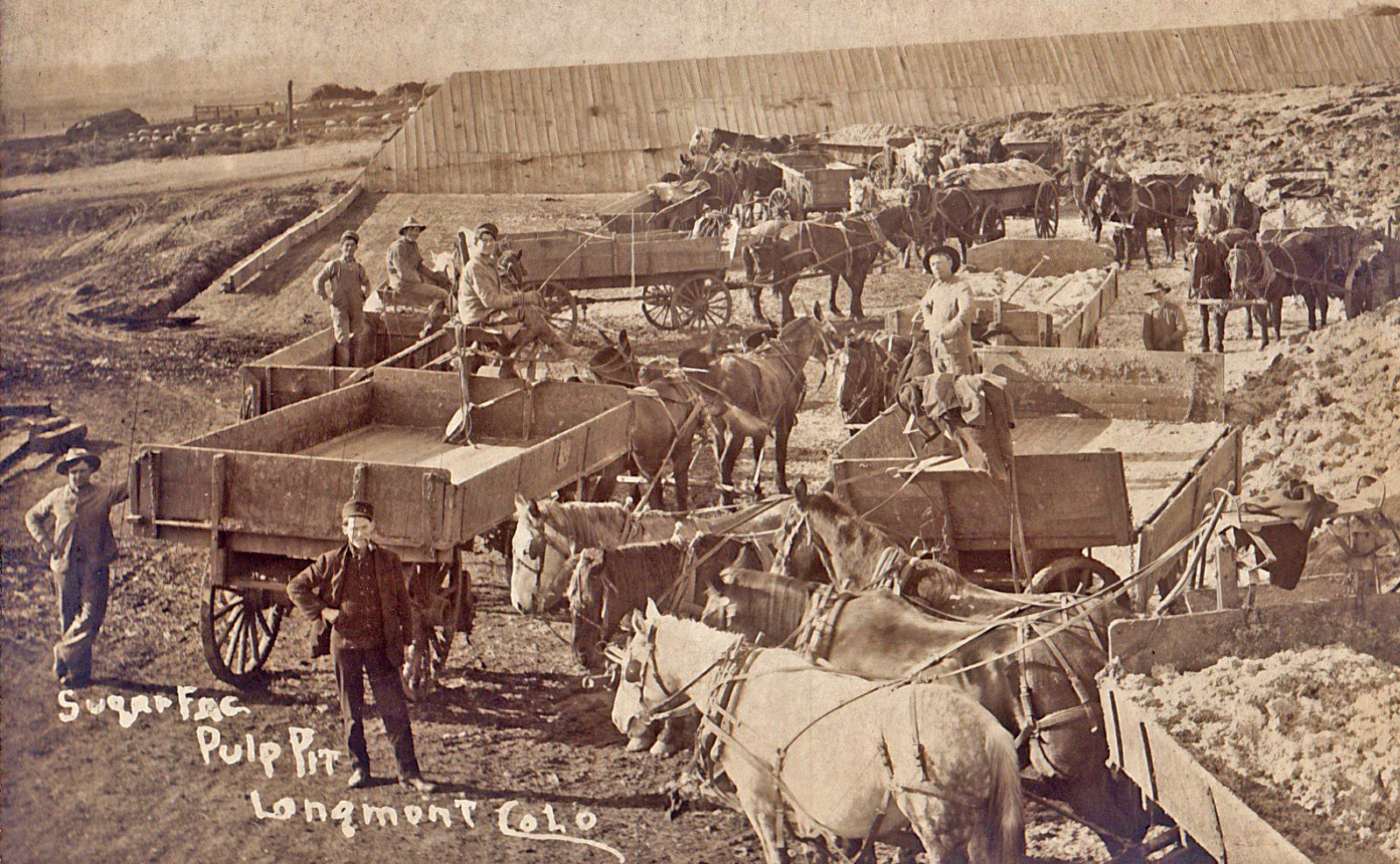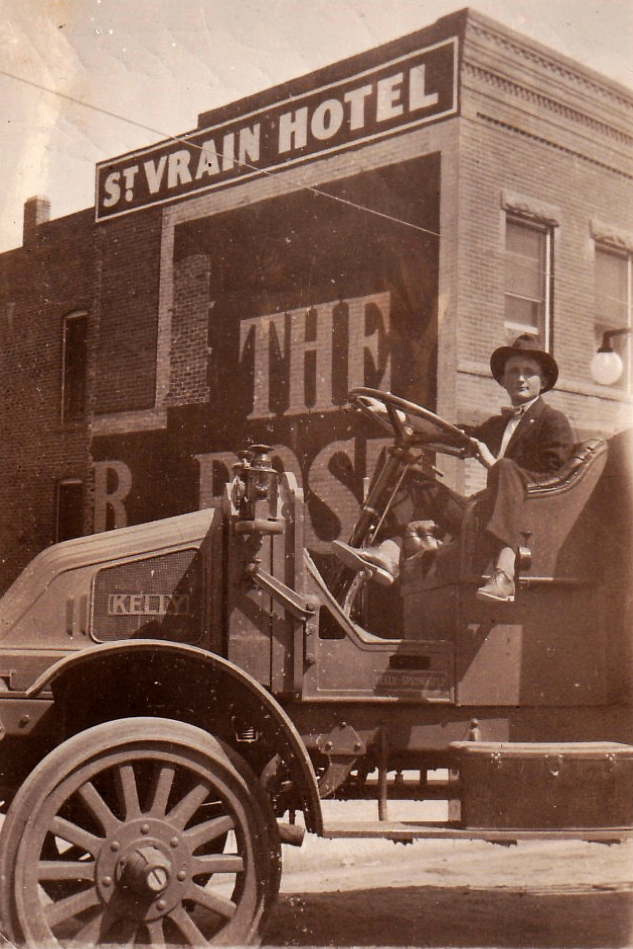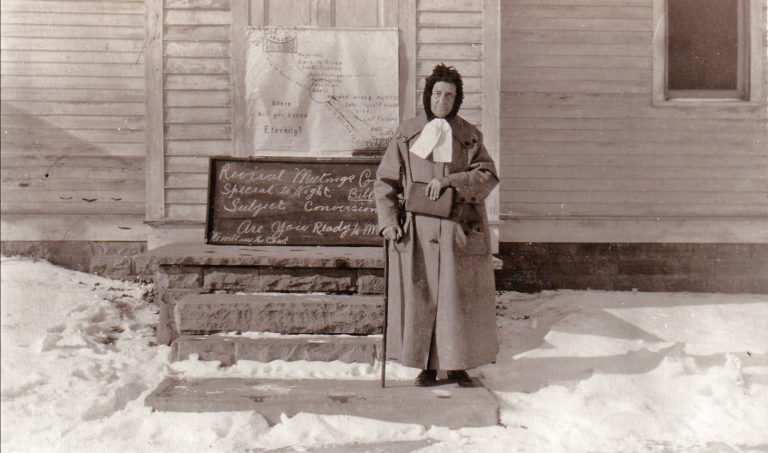This photo postcard shows farmers loading their wagons with pulp from the beet pulp pit at the Longmont sugar factory. Sugar factories sold this by-product to farmers for feeding stock.
“The American Sugar Industry and Beet Sugar Gazette” of November 1911 extolled the virtues of both wet and dry beet pulp as feed for cattle and sheep, pointing out that “sections surrounding sugar factories in Colorado and Utah are the feeding grounds for thousands of sheep, which find pulp their main ration.” It states that wet pulp may be kept in a silo used for corn silage, but that some farmers construct a storage pit in the basement of barns. Other farmers keep it pitted in the ground, digging trenches approximately 3 feet deep and 6 feet wide with a sloping bottom in ground that is as high and dry as possible. Two to three inches of beet leaves line the bottom to keep the pulp from touching the earth. The pulp is then covered with hay, then dirt. The pulp “soon sours, but this does not injure its feeding value” and “stock seem to relish the soured pulp.”
REFERENCE:
- The American Sugar Industry and Beet Sugar Gazette, November 1911, at https://books.google.com/books?id=LveDW5XdXQAC&pg=PA552&lpg=PA552&dq=%E2%80%9CThe+American+Sugar+Industry+and+Beet+Sugar+Gazette%E2%80%9D+of+November+1911&source=bl&ots=1LCA-ElaMD&sig=ACfU3U2snlVZSjN2BEGt2AF7Ldm8TzFq5A&hl=en&sa=X&ved=2ahUKEwjrpNSLv9XyAhWAJTQIHW6IBIUQ6AF6BAgoEAM#v=onepage&q=%E2%80%9CThe%20American%20Sugar%20Industry%20and%20Beet%20Sugar%20Gazette%E2%80%9D%20of%20November%201911&f=false



